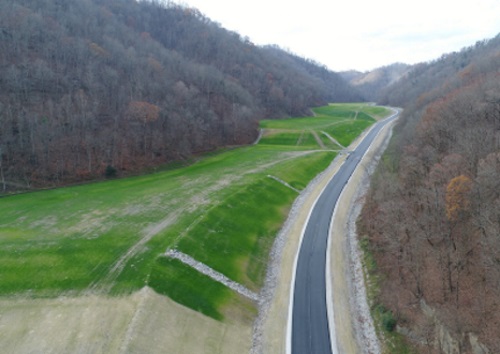Kentucky Transportation Cabinet crews began treating for noxious and nuisance weeds along state roadways in March, with those treatments designed to help control the spread of “undesirable plants” along state highway rights of way to improve driver safety and ensure efficient maintenance operations.
[Photo by the KYTC.]
In particular, KYTC crews are targeting Johnson grass, giant foxtail, Canada thistle, nodding thistle, common teasel, multiflora rose, Amur honeysuckle, poison hemlock, marestail, Japanese knotweed and kudzu.
The agency added that those noxious weeds often invade and destroy the roadside turf grass, leaving these areas vulnerable to erosion. They can also smother native plants through rapid reproduction and long-term persistence.
“Left uncontrolled, noxious weeds can grow so large that they interfere with a driver’s line of vision on highways,” Jim Gray, explained Jim Gray, KYTC secretary, in a statement.
“Weed maintenance is important in preventing potential damage to pavement and embankments, as well as clogged ditches and drainage problems,” he said.
State departments of transportation are also experimenting with other forms of weed control as well.
For example, the California Department of Transportation – known as Caltrans – began using goats in early 2020 as part of a pilot project to control weeds within a 20-acre site adjacent to Highway 1 just north of the Piedras Blancas Lighthouse.
Instead of relying on herbicides, Caltrans is taking what it calls a “more sustainable approach” to revitalizing the native coastal prairie adjacent to a highway realignment project originally completed in 2017.
According to an agency statement, the project brought in 300 goats for nearly a month to help remove invasive non-native weeds such as bur clover, mustard, and thistle.




